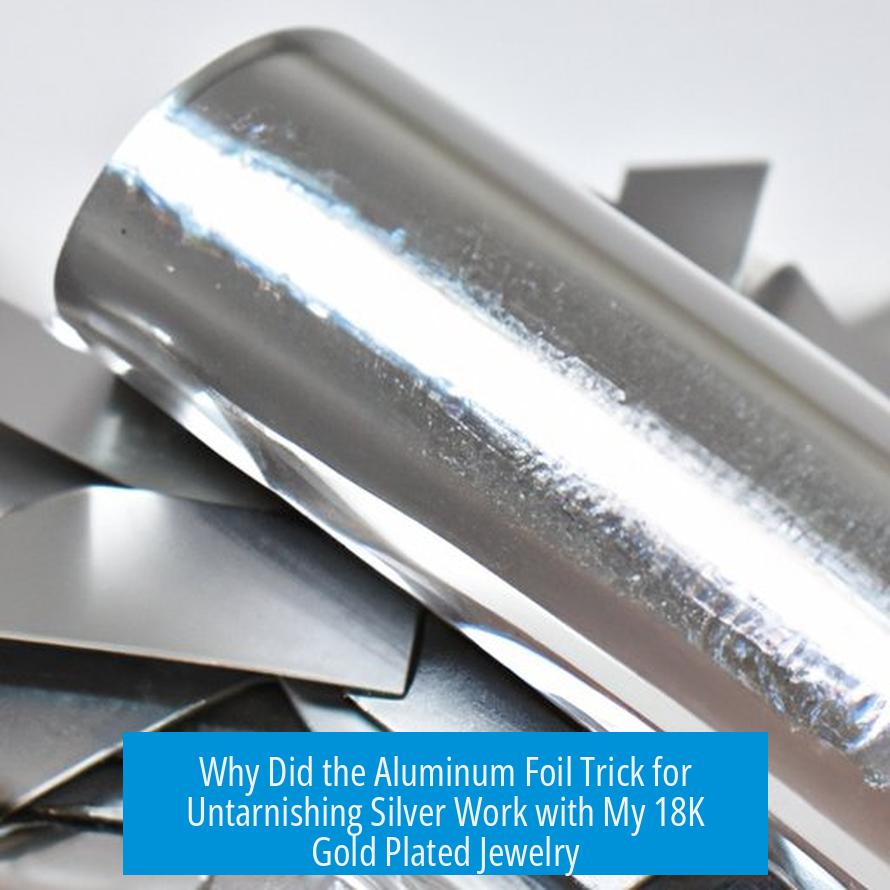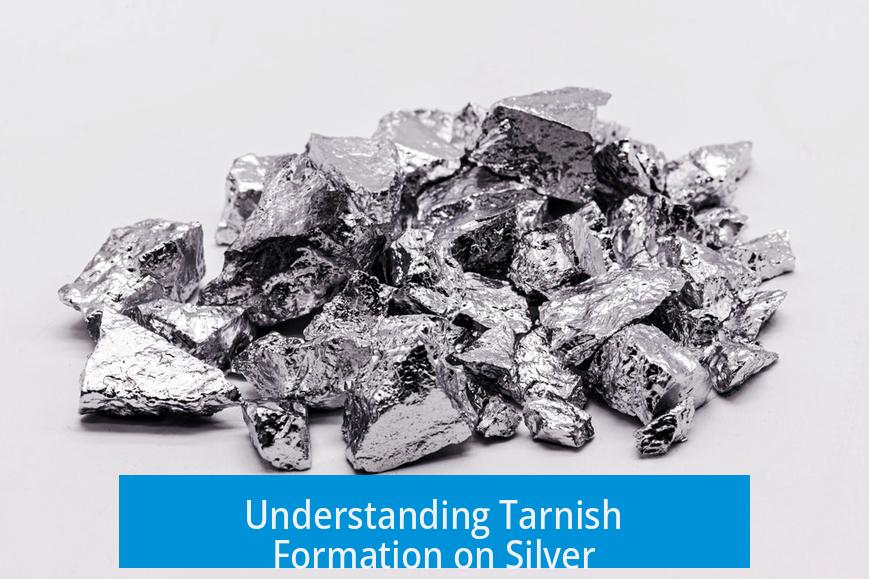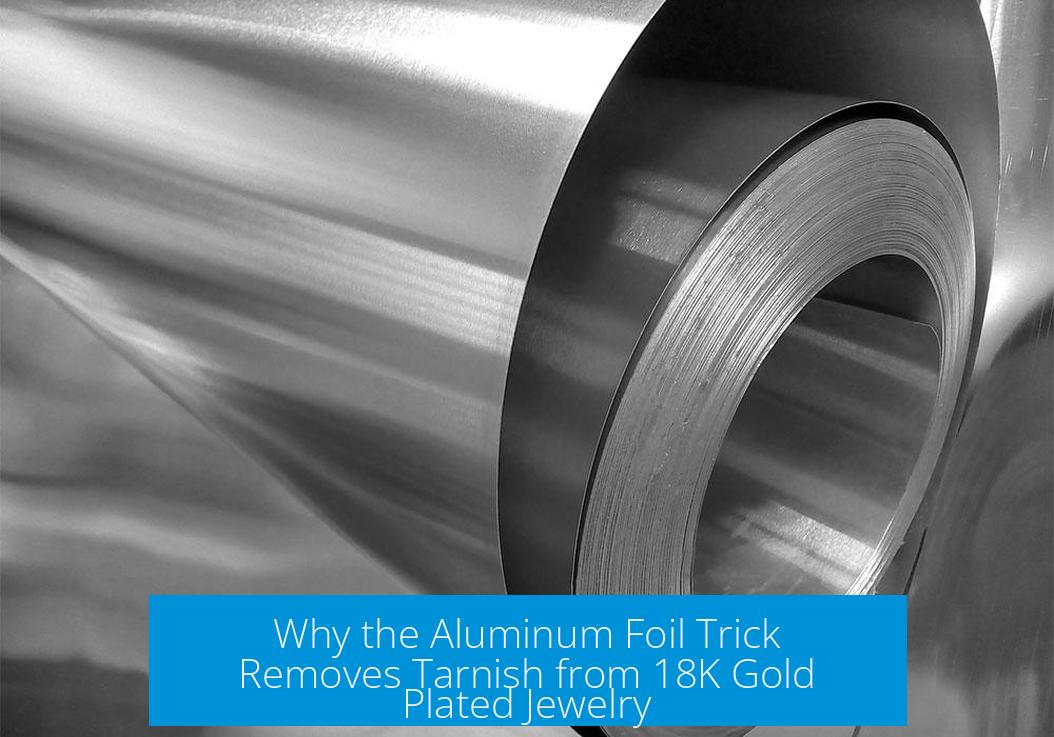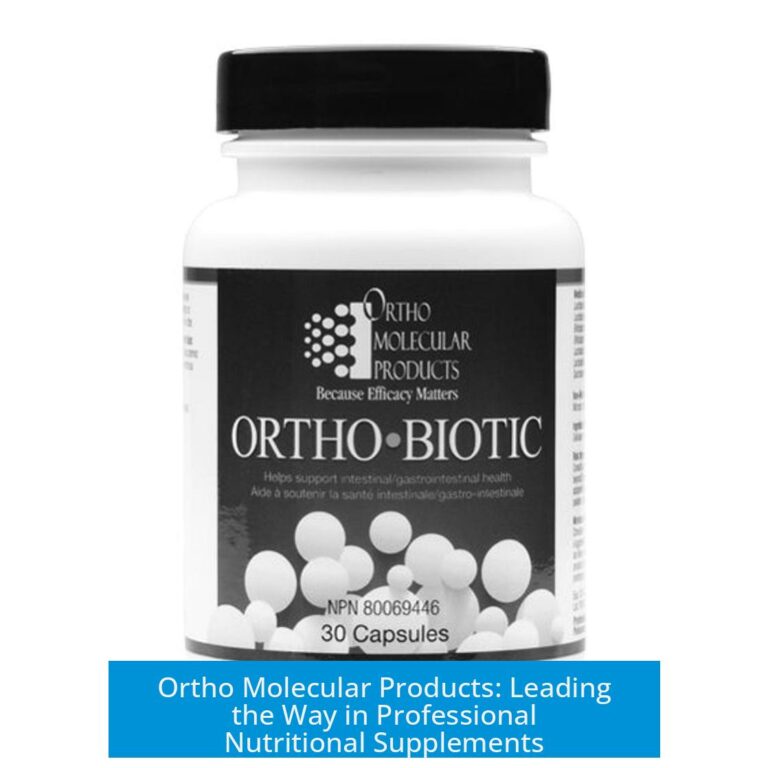Why Did the Aluminum Foil Trick for Untarnishing Silver Work with My 18K Gold Plated Jewelry?

The aluminum foil trick works on 18K gold plated jewelry when the underlying metal is silver. The process involves a redox reaction where silver sulfide tarnish (Ag2S) on the surface is chemically reduced back to metallic silver, aided by aluminum foil, baking soda, and warm water. This reaction restores the silver layer beneath the gold plating, making the jewelry appear untarnished.
Understanding Tarnish Formation on Silver

Tarnish on silver jewelry primarily consists of silver sulfide (Ag2S). This compound forms when silver reacts with sulfur-containing substances in the environment, such as hydrogen sulfide gas. The tarnish appears as a dull, dark coating on the surface.
- Tarnish forms as silver atoms on the surface bind sulfur atoms, creating Ag2S.
- This layer obscures the natural metallic shine of silver.
For 18K gold plated jewelry with a silver base, the silver sulfide develops on the underlying silver layer beneath the thin gold plating. Though the gold protects the silver somewhat, sulfides can still accumulate if the plating is thin or damaged.
Chemistry Behind the Aluminum Foil and Baking Soda Method
The aluminum foil trick relies on a simple yet effective chemical reaction involving aluminum (Al), silver sulfide (Ag2S), baking soda (sodium bicarbonate, NaHCO3), and warm water.
Role of Baking Soda and Aluminum Ions
- Baking soda dissolves in warm water, creating an alkaline solution rich in hydroxide ions (OH−).
- These hydroxide ions facilitate the oxidation of aluminum foil to produce aluminum ions (Al3+) in solution.
- The warm temperature increases the reaction rate between these components.
Key Redox Reaction
The core chemical process can be summarized by this equation:
3 Ag2S + 2 Al(3+) → 6 Ag+ + Al2S3
Explanation:
- Silver sulfide (Ag2S) undergoes reduction back to silver ions (Ag+).
- Aluminum ions (Al3+) simultaneously oxidize, forming aluminum sulfide (Al2S3).
- Metallic silver is restored on the surface, eliminating the tarnish appearance.
Aluminum foil acts as an electron donor, enabling this redox process. The reaction is efficient because the baking soda solution serves as an electrical medium, facilitating electron transfer between aluminum and silver sulfide.
How Aluminum Foil Supports the Reaction
When silver is physically in contact with aluminum foil within the baking soda solution, the transfer of electrons accelerates:
- Aluminum atoms on the foil surface oxidize faster, releasing electrons.
- Electrons reduce silver sulfide to silver metal near the foil interface.
- The overall process effectively reverses tarnish formation without chemicals harsh on the jewelry.
Why the Trick Works on 18K Gold Plated Jewelry
18K gold plated jewelry usually contains a thin layer of pure gold over a base metal. Often, this base metal is silver.
- The aluminum foil trick targets tarnish formed on the silver base.
- It reduces silver sulfide back to elemental silver beneath the gold plating.
- This restores the appearance of the silver base, which influences the overall shine of the piece.
Though the gold plating covers the base, minor imperfections or microscopic damage can expose the silver, allowing tarnish to form. This technique reverses tarnishing on those exposed areas.
Potential Effects and Limitations on Gold Plated Jewelry
Micro-Pitting and Surface Impact
The redox reaction that removes tarnish can create small pits on the silver surface. Though these micro-pits are usually tiny, they can reduce the smoothness of the metal layer.
- Silver surface may become rougher after treatment.
- Silver polishes often contain abrasives and waxes to address this and protect the surface.
Risks Related to Gold Plating Integrity
Continuous or aggressive use of the aluminum foil trick on gold plated jewelry may remove part of the underlying silver layer. Since the gold plating adheres to this base, damage may eventually weaken the plating.
- Repeated removal of silver compromises the bond supporting gold plating.
- Gold plating might chip or wear off prematurely.
- Caution advised when using chemical or redox methods on plated items.
Alternate Perspectives on the Aluminum Foil Trick
Some experts suggest the aluminum foil may play a less critical role than assumed:
- The alkaline baking soda solution itself can assist in tarnish removal.
- Aluminum foil may mainly serve as a surface for the reaction, not as a direct chemical participant.
- Effectiveness could stem largely from the basic solution dissolving tarnish.
Further studies may clarify whether aluminum foil accelerates the reaction or simply facilitates contact with the solution.
Practical Advice for Gold Plated Jewelry Care
- Use mild cleaning methods to protect thin plating layers.
- The aluminum foil trick can be effective but should be applied cautiously.
- Polishing too often risks wearing through the silver base layer.
- Avoid abrasive cleaners on plated jewelry.
Summary: Key Points
- Tarnish on silver forms as silver sulfide (Ag2S) on the surface.
- The aluminum foil trick reduces silver sulfide to metallic silver via a redox reaction involving aluminum ions generated in baking soda solution.
- This process restores tarnished silver beneath 18K gold plating, effectively brightening the jewelry.
- The reaction can produce micro-pits and may wear away the silver base under the plating if overused.
- Some question whether aluminum foil is essential or if the basic baking soda solution alone is responsible for tarnish removal.
- Apply the trick with care on gold plated jewelry to avoid damaging the plating.
Why does the aluminum foil trick remove tarnish on 18K gold plated jewelry?
This trick works because the tarnish on silver under the gold plate is silver sulfide (Ag2S). The aluminum foil and baking soda create a chemical reaction that converts this tarnish back to silver, making the jewelry appear clean again.
Can the aluminum foil and baking soda method damage my gold plated jewelry?
Yes. The reaction can create tiny pits in the silver base layer under the gold plating. Over time, this may weaken the silver layer that holds the gold plating, potentially causing the gold to chip or wear off.
Is aluminum foil really necessary for the tarnish removal reaction?
Some say the baking soda solution alone might remove tarnish without the foil. But when foil is present, it speeds up the reaction by acting as a redox medium, producing aluminum ions that help convert silver sulfide back to silver.
How does baking soda contribute to the untarnishing process?
Baking soda releases hydroxide ions in water, which generate aluminum ions when aluminum foil is present. These aluminum ions drive the chemical reaction that breaks down silver sulfide tarnish on the jewelry.
Why might this method eventually cause gold plating to wear off?
If the jewelry has a silver base, polishing or chemical reactions remove some silver beneath the plating. Since gold plating relies on that silver layer, losing it can make the plating thin and prone to flaking over time.





Leave a Comment